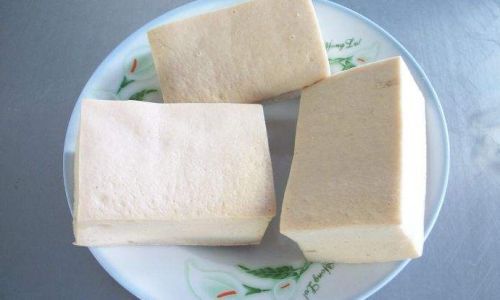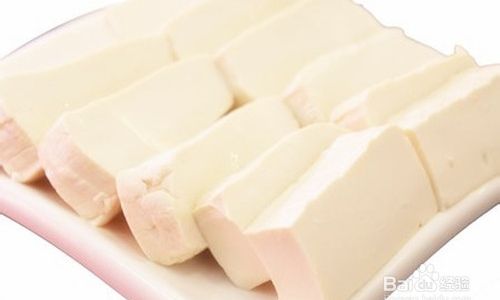Tofu, derived from soybeans, is a versatile and nutritious food staple enjoyed worldwide for its mild flavor, soft texture, and high protein content. Whether you’re a vegan, vegetarian, or simply someone who appreciates the versatility of this plant-based protein, knowing how to properly preserve fresh tofu is crucial to maintaining its quality and freshness. Improper storage can lead to a rapid decline in texture and flavor, turning a potentially delicious meal into a disappointment. In this article, we’ll explore various methods for preserving fresh tofu, offering practical tips and insights to help you keep your tofu fresh and delicious for longer.
Understanding Fresh Tofu
Before diving into preservation techniques, it’s essential to understand the nature of fresh tofu. Tofu is made by coagulating soy milk and then pressing the resulting curds to remove excess water. This process results in a product with a high moisture content, making it highly susceptible to spoilage if not stored correctly. Fresh tofu typically has a short shelf life, ranging from a few days to a week, depending on the packaging and storage conditions.
Immediate Use and Proper Handling
The first step in preserving fresh tofu is to use it as soon as possible after purchase. However, if immediate use isn’t feasible, proper handling upon arrival home is crucial. Begin by inspecting the packaging for any signs of damage or leakage. If the package is intact, store it in the refrigerator immediately in its original packaging to maintain a consistent temperature and prevent moisture loss.
Refrigeration: The Basic Method
Refrigeration is the most common and effective way to extend the shelf life of fresh tofu. Place the tofu in an airtight container or wrap it tightly in plastic wrap to minimize exposure to air, which can cause drying and texture degradation. Ensure that the tofu is placed on a shelf in the refrigerator rather than in the door, where temperature fluctuations are more significant. Properly refrigerated tofu can last up to a week, but its texture and flavor will gradually decline over time.
Water Submersion: For Longer Preservation
For those who need to store tofu for longer periods, submersing it in water is a highly effective method. This technique works by creating an anaerobic environment that slows down bacterial growth. Here’s how to do it:

-
Prepare the Water: Use fresh, clean water. Tap water is generally fine, but if you’re concerned about impurities, you can use bottled water. Change the water daily to prevent the growth of bacteria.
-
Submerge the Tofu: Place the tofu in a container large enough to fully submerge it. Fill the container with water, ensuring that the tofu is completely covered. Use a heavy plate or other weight to keep the tofu submerged if it floats.
-
Store in the Refrigerator: Place the container in the refrigerator. The cold temperatures will further slow down spoilage.
-
Daily Water Changes: Remember to change the water every day. This is crucial as it removes any bacteria or impurities that may have accumulated.

Freezing Tofu: For Long-Term Storage
If you need to store tofu for even longer periods, freezing is an option. While freezing does alter the texture of tofu, making it firmer and slightly more chewy, it’s still usable in many recipes, especially those that require a firmer tofu texture, such as stir-fries or soups.
-
Preparation: Wrap the tofu tightly in plastic wrap or place it in an airtight container. This will prevent freezer burn and moisture loss.
-
Freezing: Place the wrapped tofu in the freezer. It will take several hours to fully freeze.
-
Thawing: When ready to use, thaw the tofu in the refrigerator overnight. Alternatively, you can thaw it under cold running water, but this method should be used with caution to avoid breaking the tofu apart.

Using Preservation Products
Several commercial products are designed specifically for extending the shelf life of tofu and other perishable foods. These include silicone or vacuum-sealed bags, oxygen absorbers, and food-safe preservatives. While these products can be effective, they often come with additional costs and may not be necessary for short-term storage. If you find yourself frequently needing to store tofu for extended periods, investing in these products might be worthwhile.
Conclusion
Preserving fresh tofu doesn’t have to be complicated. By understanding the basic principles of storage and utilizing simple techniques like refrigeration, water submersion, and freezing, you can keep your tofu fresh and ready to use for days or even weeks. Proper handling and timely use are key to maximizing tofu’s quality and flavor. With these methods in your arsenal, you can enjoy the versatility and nutrition of tofu without worrying about spoilage. Happy cooking!






0 comments